Everything You Need to Know About U.S. Military Cooks

Millions of people serve in the U.S. military, and each one of them needs to eat daily. It's been said that an army marches on its stomach, and considering the sheer number of personnel, the U.S. military requires an astounding amount of food to be served and prepared every single day. But the food doesn’t just make itself. That’s why every branch of the military has its own cooks.
But what exactly is it like to be a cook in the U.S. military? What food do they make? Are the opportunities the same across each of the branches? And are they trained like a Gordon Ramsay chef who can kick down doors, or more similar to a line cook at your local Applebee’s or Denny’s? We’re going to answer all those questions for you and much more.
TABLE OF CONTENTS
U.S. MILITARY COOKS: OVERVIEW AND TRAINING
U.S. MILITARY COOKS: HOW DO THEY WORK?
U.S. MILITARY COOKS: ARMY COOKS’ MISSION AND TRAINING
U.S. MILITARY COOKS: NAVY COOKS’ MISSION AND TRAINING
U.S. MILITARY COOKS: MARINE CORPS COOKS’ MISSION AND TRAINING
U.S. MILITARY COOKS: AIR FORCE COOKS’ MISSION AND TRAINING
U.S. MILITARY COOKS: COAST GUARD COOKS’ MISSION AND TRAINING
U.S. MILITARY COOKS: CONCLUSION
MILITARY COOKS: OVERVIEW AND TRAINING

Every U.S. military branch, except the Space Force, has its own cooks. All U.S. military cooks cook and prepare food to serve the troops, but if explaining military cooks was that simple, we would just end the blog post here. In addition to the behind-the-scenes work they have to do, such as managing inventory, food orders, financial records, and logistics, there’s a lot more to being a U.S. military cook than meets the eye.
But before we dive into each branch of military cooks, we’re going to provide a brief overview of military cooks as a whole. For starters, if someone wants to be a cook in the military, they can’t just apply and get the job the same day. While there are civilian contractors in a lot of military food facilities, the military cooks are members of their respective branches.
Therefore, every military cook must first attend some form of boot camp or basic training. Yes, even if you only plan on being a cook in the U.S. military, you’ll still be subjected to lots of physical training, customs and courtesies, and all of the other fun stuff people in the military have to deal with. Remember, the MILITARY in the military cook makes a whole hell of a difference in their day-to-day lives.
Once they get through their initial training, they’ll move on to the specific culinary school that their branch offers them. We’ll get into each of the branches’ programs in their specific section later, but just know that every military cook receives basic culinary training from other military cooks and various instructors. Their training doesn’t just stop there; some can move on to more advanced culinary schools, and a few may even become Certified Executive Chefs through the American Culinary Federation, but that’s very far and few between.
MILITARY COOKS: HOW DO THEY WORK

And if you’re wondering what kind of freedom a military cook has when preparing meals, there’s shockingly not that much wiggle room at all. Generally speaking, military cooks make three square meals a day and are limited to following specific recipes and requirements depending on the meal they’re making. The Department of Defense has what is called the Armed Forces Recipe Service, which details thousands of pre-approved recipes with specific ingredients, temperatures, and methods of preparing the dish. These recipes make up your average meals and can range from bacon for breakfast, burgers for lunch, and baked chicken for dinner.
Thus, whether someone is a cook in the Coast Guard or one in the Marine Corps, they will all be following these recipe cards to the T with what they have on hand. But don’t let the recipe cards fool you! We all know it’s less about the recipe and more about the cook! Otherwise, we’d all be master chefs. Two military cooks following the same recipe won’t have the same outcome, and military members are all too familiar with how much food quality differs from place to place. Needless to say, don’t walk into a military dining facility expecting it to be like a Michelin-star restaurant!
But anyway, for military cooks, each branch comes with unique opportunities. A cook in the Army and a cook in the Navy might both be grilling steak, but they may have two entirely different environments and means of doing it. With that explained, let’s dive into each of the branches’ cooks, starting with Army Cooks.
MILITARY COOKS: ARMY COOKS’ MISSION AND TRAINING

Cooks in the U.S. Army are officially known as Culinary Specialists, with an MOS code of 92G. They work on tasks related to food preparation, storage, cooking, baking, and ordering. Army Cooks receive their training at a nine-week AIT known as the Joint Culinary Center of Excellence in Gregg-Adams, Virginia. Not only do they cook for soldiers in garrison, but they also provide double duty in the field as both a soldier and a cook.
That’s right, Army cooks are soldiers first, cooks second, meaning that every one of them is trained up in basic combatives and soldiering skills in case something pops off when they are deployed. This means that Army cooks can be considered some of the more combat-oriented cooks in the military, simply because they’re a part of a branch that requires that sort of training for its members.
Cooks are utilized in a variety of ways in the Army, from doing your typical dining facility work in the Army’s Warrior Restaurants all the way to going out in the field and preparing and serving food in Containerized Kitchens. A CK is essentially a box that fits a whole bunch of cooking equipment inside it, so the cooks can provide food to the soldiers in the field or on deployment in an easily transportable container that doesn’t take up much space.
They also have the opportunity to support and actually be a part of special operations. Yes, that’s right, there are some special operations military cooks out there! The 75th Ranger Regiment has its own cooks who must go through Ranger selection and Ranger school, which is a VERY unique opportunity. Don’t get it twisted, though; while they are Army Rangers, their primary purpose is to cook and prepare food. You’re not going to see them kicking down doors like you would an infantryman. Aside from that, Army cooks can also support Special Forces groups, which can be pretty cool.
Another interesting thing that Army cooks can find themselves in is being what is called an Enlisted Aide. Enlisted Aides help perform daily tasks for Generals and Flag officers, and one main task is preparing meals for them. What’s cool about this is that you don’t necessarily have to be a cook to apply for this job, but no matter your MOS, all soldiers who are greenlit to become enlisted Aides must attend Army Cook School and an advanced culinary course to become a 92G. There are also a select few Army cooks who serve as flight cooks, where they prepare and serve food on an aircraft for VIPs and the like. The more you know!
With the Army cooks wrapped up, let’s move on to the Navy Cooks.
MILITARY COOKS: NAVY COOKS’ MISSION AND TRAINING

Cooks in the U.S. Navy are officially known as Culinary Specialists, or CSs for short. Except for rare circumstances, Navy cooks receive their culinary training in their 5-week “A” school located in Fort Lee, Virginia, where they receive instruction and training in food preparation, nutrition, and dining service.
What sets Navy cooks apart from the rest of the military cooks is their ability to do more with less. While you can find Navy cooks doing their jobs on a shore-based galley, which is the Navy’s word for their cafeteria, a majority of them work on naval ships and even on submarines. When you’re on a ship, real estate is limited, so the Navy cooks have to fit all of their food, equipment, and cooking utensils in tightly confined spaces but still have to cook for hundreds, and sometimes thousands, of people 3–4 times a day. That’s right, on aircraft carriers, which are like floating cities, Navy cooks are tasked with preparing roughly 17,000 meals a day. And sometimes the ships don’t get resupplied for weeks at a time, so the cooks will have to use foods that aren’t perishable for extended periods of time.
And things are taken to the next level when the Navy cooks are on submarines. While the submarines are a volunteer force, meaning every cook on a submarine had to ask to be there, their working space is even SMALLER than on a ship. Everything is jam-packed in a super small area, and the food and equipment they have are even more scarce than on a ship. Despite this, a lot of people have said that submarine food is even better than ship food. Nothing like having a delicious meal to distract you from being thousands of feet underwater and breathing recycled air!
Navy cooks also have some pretty cool and unique opportunities, such as working at the White House Mess for the President, cooking in the Pentagon, and being a part of the Flag Chef Program. The Flag Chef Program is similar to the Enlisted Aide Program in the Army we discussed previously; however, this opportunity is strictly open to motivated and qualified Navy Cooks. Cooks in the Flag Chef program wind up being personal chefs and aides to admirals, senior government executives, and foreign dignitaries.
Lastly, when Navy Cooks aren’t cooking, they’re just like any sailor. When a ship goes into battle stations, which is like everyone on the ship preparing for combat, they have a duty and job to do just like anyone else.
With the Navy cooks covered, let’s move on to the Marine Corps Cooks.
MILITARY COOKS: MARINE CORPS COOKS’ MISSION AND TRAINING

Cooks in the U.S. Marine Corps are officially known as Food Service Specialists, with an MOS code of 3381. Marine cooks receive their training in an 8-week culinary course in Fort Lee, Virginia. Similar to the Army Cooks, the Marine cooks are some of the more combat-oriented cooks in the U.S. Military; however, you’ll soon come to find out how they’re also similar to Navy cooks in some instances.
There’s a common saying in the Marine Corps: Every Marine is a rifleman, and the Marine Cooks are no exception. U.S. Marines all receive basic skills in marksmanship, combat formations, patrolling, and other combat-related skills, so every Marine Cook will receive this training like any other Marine.
Marine cooks are versatile. They can prepare meals in both outdoor field settings and inside the Marine Corps mess halls. However, there seems to be a shift in the Marine Corps' priorities. They're now leaning more towards having cooks operate in the field than in mess halls. Additionally, the Marine Corps is in the Department of the Navy, and Marine Corps units often deploy on Navy ships. When this happens, the Marine Cooks in those units often work side by side with the Navy cooks onboard for the deployment.
Marine Cooks also get the opportunity to be aides for Generals in the Marine Enlisted Aide program. This is pretty much the same program as we’ve discussed previously—they act as a flag officer’s personal chef.
With Marine Cooks covered, let’s move on to Air Force Cooks.
MILITARY COOKS: AIR FORCE COOKS’ MISSION AND TRAINING

While there are Air Force cooks, being a cook in the Air Force isn't designated as its own job. Instead, they have a broader job title called "Services" that includes various roles, one of which is cooking. This is what really separates the Air Force cooks from the cooks of other branches, because in the “Services” area, you will receive not only culinary training but also lodging, readiness, fitness & sports, and a variety of other skills. The real kicker here is that if you're in the "Services" area, you might become a cook, but there’s no guarantee. And even if you do become a cook, you might change roles after a few years.
Contrary to what some people may believe, Air Force cooks don’t exclusively cook on airplanes. Although some people can get creative in a plane’s galley, such as making pizzas, there isn’t a dedicated kitchen staff on every Air Force plane like there is on the president’s Air Force One.
Air Force cooks generally prepare and serve food in Air Force dining facilities, and from time to time they may cook in the field depending on operational needs. While the Air Force does receive some combat training, the cooks in the Air Force aren’t really as combat-oriented as the Army or Marine Corps.
Similar to the other branches, Air Force Cooks also get the opportunity to be aides for Generals as Enlisted Aides. This is similar to the programs discussed previously: they act as a flag officer’s personal chef.
With Air Force cooks explained, let’s move on to the Coast Guard Cooks.
MILITARY COOKS: COAST GUARD COOKS’ MISSION AND TRAINING

Cooks in the U.S. Coast Guard are officially known as Culinary Specialists, or CSs for short, just like Navy cooks are. Coast Guard cooks receive their culinary training in a 13-week course located in Petaluma, California, where they get instruction in culinary fundamentals, advanced methods, and techniques. This is the longest culinary training course that any of the military cooks receive.
Coast Guard cooks work a lot like Navy cooks because the Coast Guard operates similarly to the Navy. They both spend weeks out at sea, have limited cooking space and tools, and also cook on shore in the galley. However, Coast Guard ships are generally smaller than Navy ships. This means some Coast Guard cooks run the kitchens on their own. This is much different from other military branches, and it is a situation that many other military cooks will never find themselves in. When they're the ones running the show, Coast Guard cooks have more freedom to choose what to cook and how to cook it.
Additionally, Coast Guard cooks don’t just cook all day long; they can play other roles too. Many of them take the opportunity to do collateral duties on cutters to become boarding team members alongside their fellow Coasties, participate in drug busts, and help out with humanitarian work vital to the Coast Guard mission.
Much like the other branches, the Coast Guard offers opportunities for its cooks to work as enlisted aides for admirals and flag officers, acting as their own personal chefs.
MILITARY COOKS: CONCLUSION

So, are military cooks like Gordon Ramsay? Except for a select few who may get to compete in cooking competitions, most military cooks cook for the masses and don’t really deviate much outside of the recipe cards the military provides them. However, depending on the experience a military cook receives during their service, this can be a solid foundation for moving on to become a cook or chef on the civilian side of things. A military cook’s career is what they make of it, and they get what they put into it, which is a common theme for most military careers.
It’s often said that being a military cook is a thankless job. While that is an unfortunate reality for many of them, it is undeniable that they play a vital role in the morale of the unit they’re in and are essential to the U.S. military as a whole.
If you want to learn more about the military, law enforcement, or government entities, we have a YouTube channel dedicated to providing the best info out there, plus we have a growing list of blog posts as well. Click the links to take you to them!
General Discharge is a veteran-owned, veteran-operated organization that is dedicated to providing the best U.S. military and law enforcement information. With over 250 YouTube videos, over 40 million views, and hundreds of thousands of followers, we have contributed to the success and knowledge of both the current and future generations of service members.
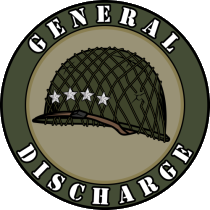
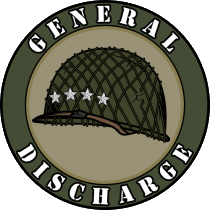
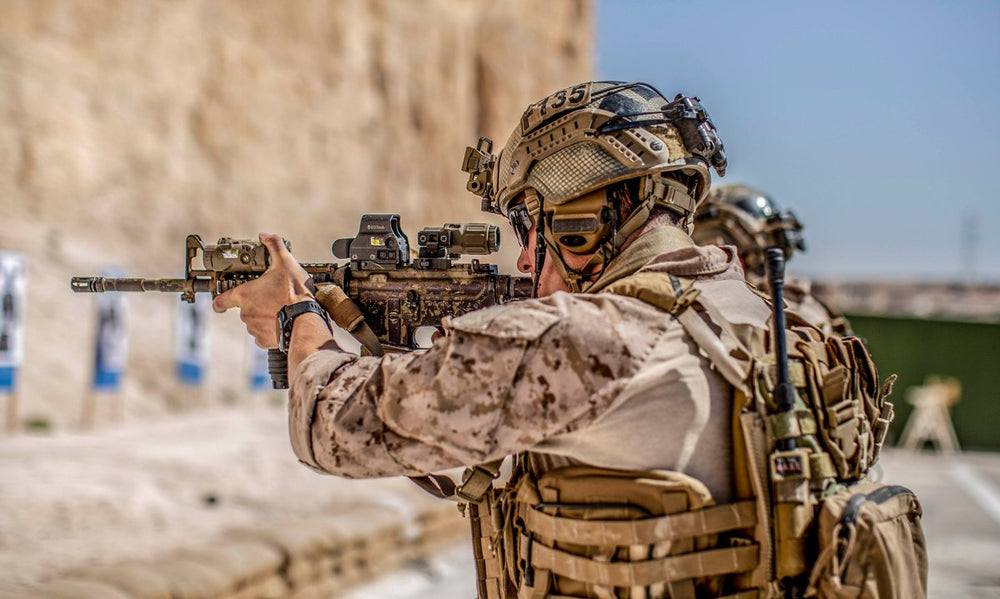
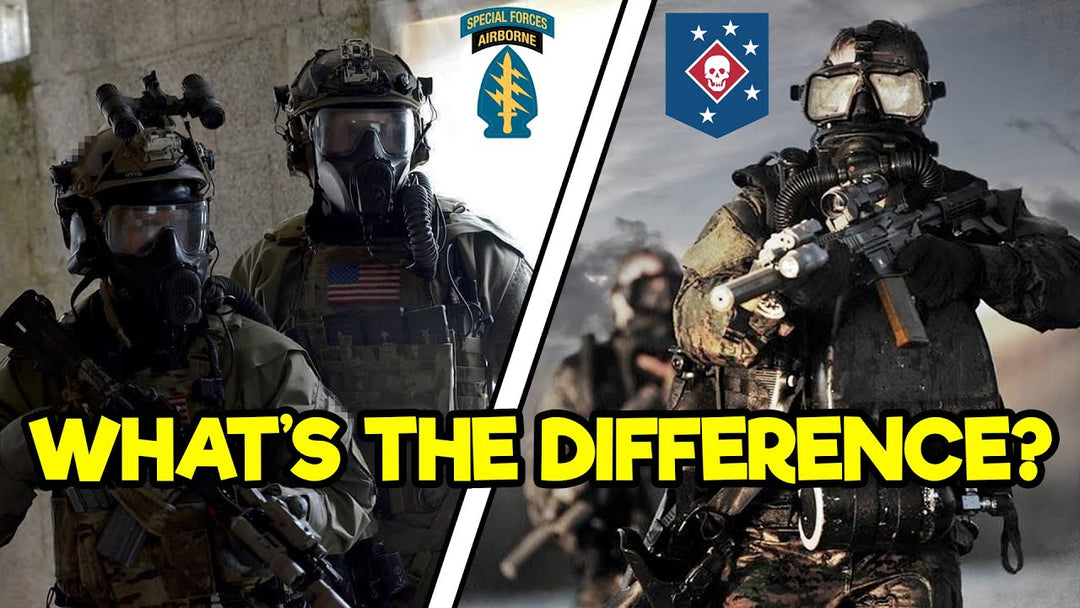
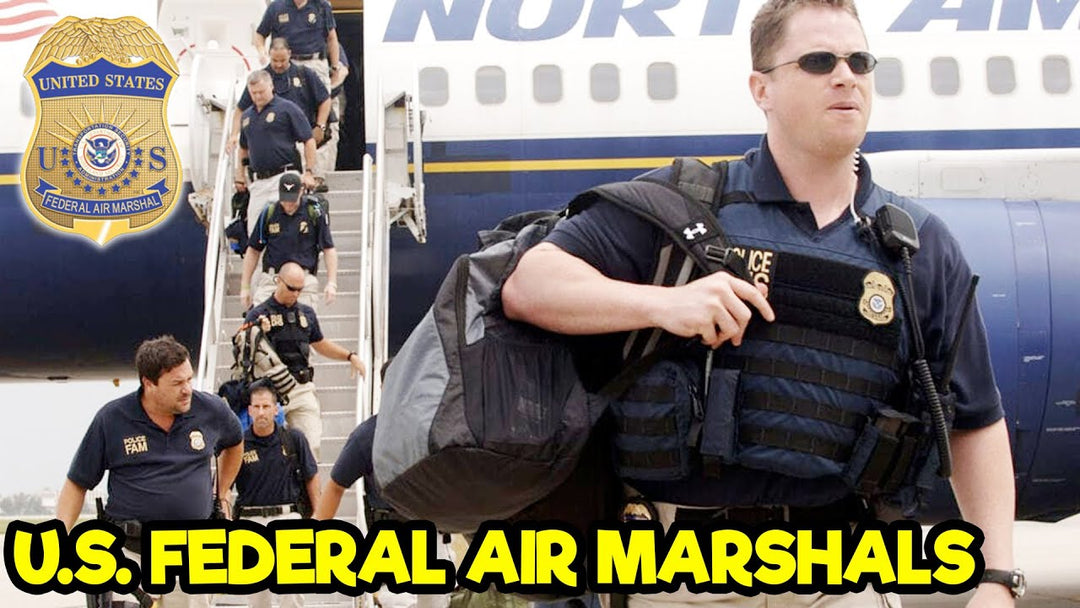
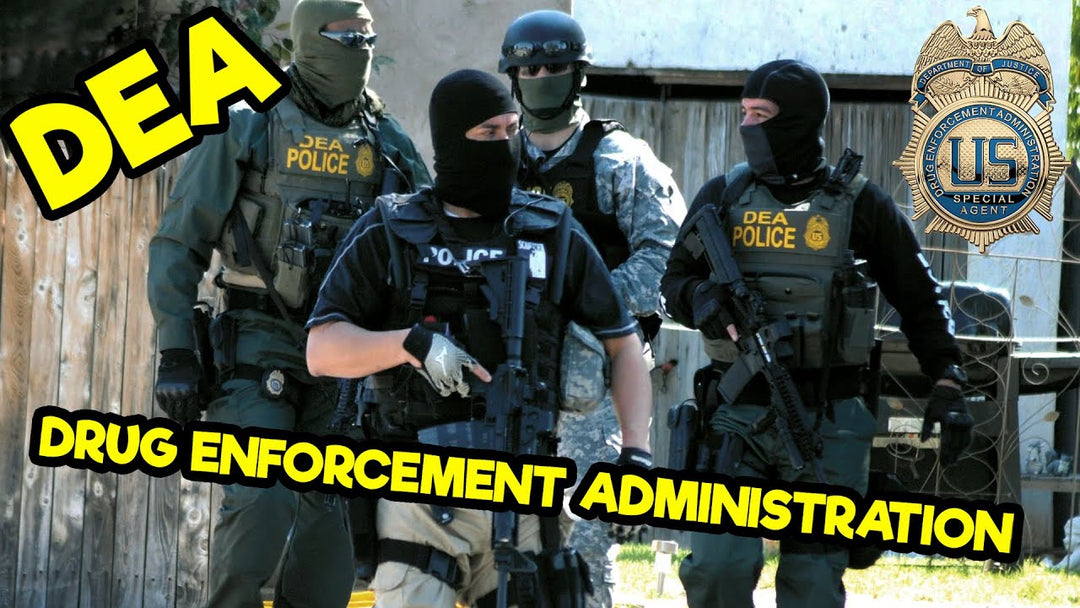
Leave a comment